There are Thirty-One (31) Good Companion plants for cilantro and Nine (9) bad ones in this list which includes vegetables, fruits, herbs and more.
Cilantro is a popular herb that can be easily grown in both indoor and outdoor gardens. The companion plants for Cilantro cuts across many plants, which include Vegetables. It is an excellent choice for vegetables like tomatoes, peppers, and Spinach, as it attracts beneficial insects that help control harmful pests.
Additionally, planting cilantro near Brassica crops like cabbage and Broccoli can help deter cabbage worms. Cilantro can also be used in dishes to add flavour and nutrition, making it a versatile herb to have in any garden.
Table of Contents
Good Companion Plants for Cilantro:
Vegetables
1. Beets
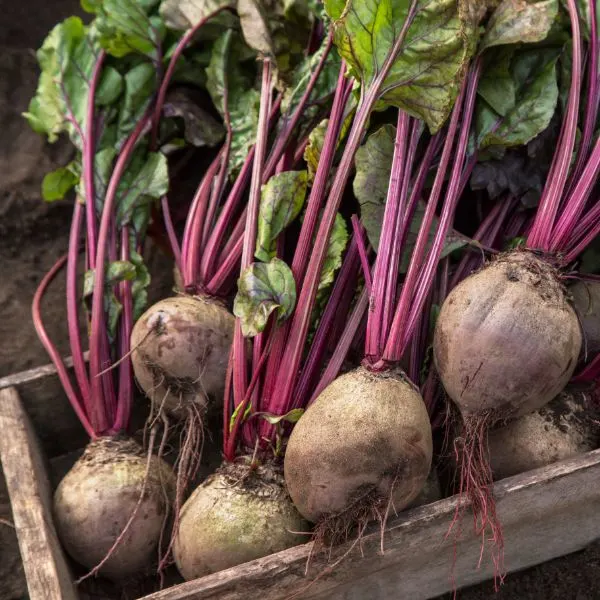
You can profit from companion planting Cilantro and Beets in a variety of ways. Cilantro is an insect repellant with a deep taproot that helps break up compacted soil and lessen pest infestations. Beets give natural shade, weed suppression, and a variety of vital vitamins and minerals.
When grown together, they provide a nutritional powerhouse that may improve the flavour of a variety of foods. To get the best results, plant the beets first in slightly alkaline soil with moderate moisture and then the cilantro in well-drained soil with frequent watering.
Cilantro and beets, when grown together, may give an abundance of delicious, healthful, and gorgeous vegetables for any gardener.
2. Broccoli
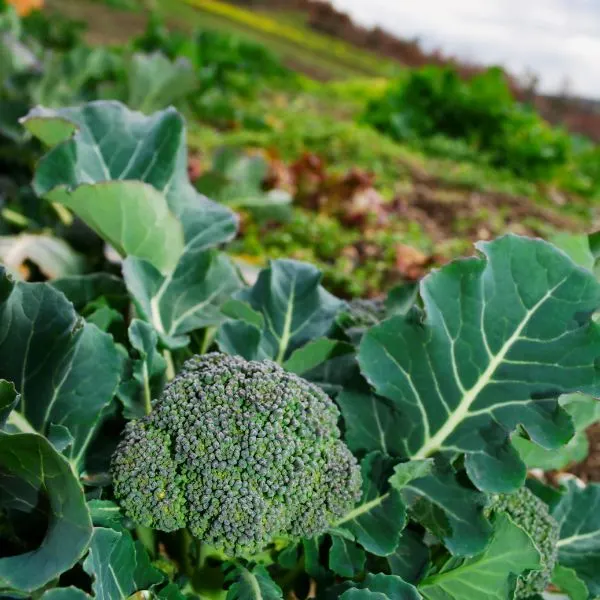
You may reap various benefits from companion planting Cilantro and Broccoli. Cilantro encourages helpful insects, breaks up compacted soil, and gives Broccoli phosphorus. Broccoli’s big leaves provide a natural shade, and its nitrogen requirements supplement those of cilantro.
Plant Cilantro first in neutral soil, then Broccoli in slightly acidic soil, providing adequate space between each plant to thrive.
To minimize illness, you should avoid growing Broccoli in the same bed year after year. Cilantro and Broccoli may give a rich and delectable crop for any grower with appropriate care.
3. Cabbage
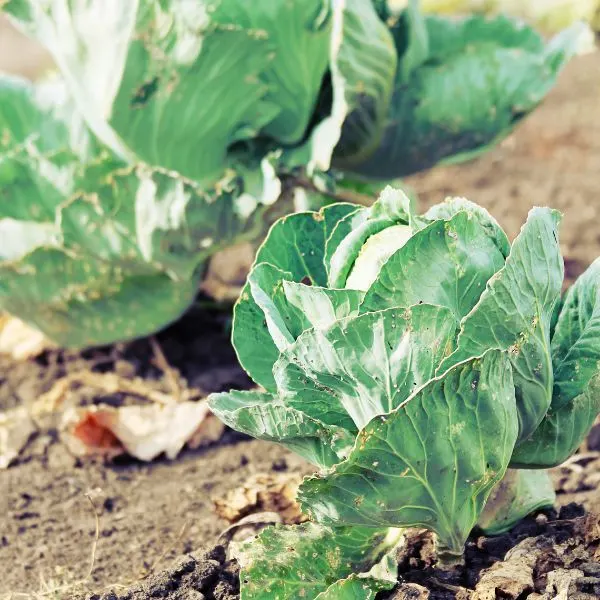
Cilantro and cabbage companion planting have several advantages for the home. Cilantro is an excellent bio-accumulator, collecting heavy metals and other toxins from the soil and so improving soil quality. This increases cabbage growth and yield by supplying it with the nutrients it needs to thrive.
Cilantro is also a natural repellent against aphids, spider mites, and cabbage worms, which are known to wreak havoc on cabbage harvests. Furthermore, its shallow root system helps to loosen soil and improve drainage, whereas cabbage’s deep root system anchors the soil and prevents erosion, enhancing overall durability.
Conversely, cilantro develops fast and goes to seed, which may interfere with cabbage development. Planting can be staggered to avoid conflict between the two crops. You can use companion planting between cilantro and cabbage to ensure a healthy, sustainable, and plentiful yield.
4. Carrots
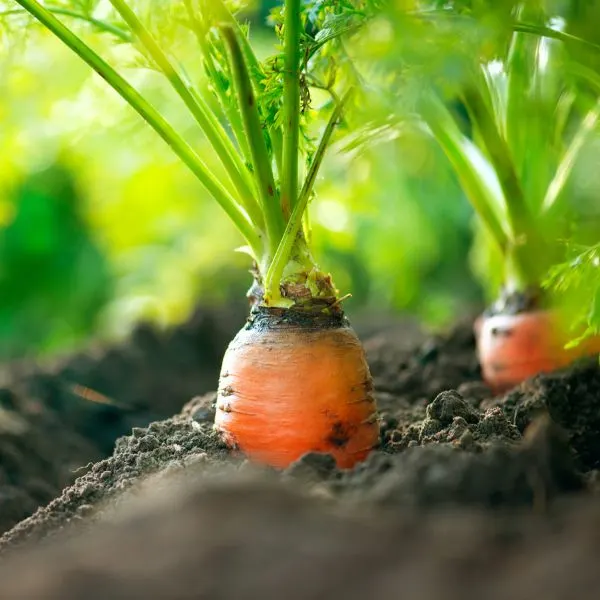
Cilantro and carrot companion planting is a good strategy that every backyard gardener should explore. Cilantro attracts helpful insects such as hoverflies and ladybugs, which feed on aphids and other pests that injure carrots.
Carrots’ deep root structure aids in soil breakup, allowing cilantro to grow more freely and boosting water absorption. Furthermore, cilantro secretes chemicals that inhibit the growth of harmful fungi that affect carrots, improving crop health and yield overall.
However, if not carefully managed, cilantro’s rapid growth and bolting can have a negative impact on carrot growth. To avoid interference between the two crops, You can plant carrots between rows of cilantro or stagger planting.
Cilantro and carrot companion planting is a beautiful way to maximize garden space while supporting healthy, long-term development.
5. Celery
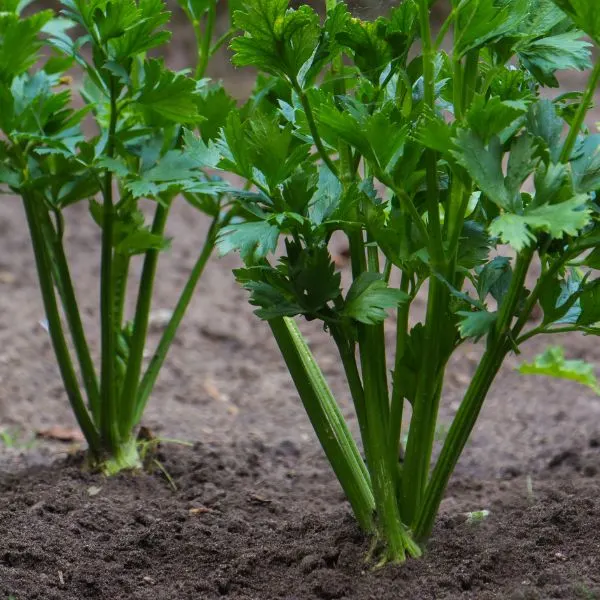
Companion planting between cilantro and celery is a wonderful method for home gardeners looking to increase the output of their garden. Cilantro repels pests such as aphids, spider mites, and whiteflies while also attracting beneficial insects such as hoverflies and ladybugs.
This, in turn, can assist in decreasing the need for hazardous pesticides, creating a more sustainable and environmentally friendly garden. Furthermore, cilantro’s root system aerates the soil, allowing celery to grow deep roots and absorb nutrients more easily, while celery’s dense foliage provides shade, keeping cilantro cool and moist.
Conversely, cilantro is a fast-growing herb that develops quickly and may overpower celery if not carefully handled. To avoid interference between the two crops, You should grow cilantro between rows of celery or stagger planting. Cilantro and celery companion planting is an efficient approach to encourage healthy growth, eliminate pests, and boost overall garden production.
6. Chard

Companion planting of cilantro and chard is an excellent technique for backyard gardeners to improve the health and production of their garden. Cilantro’s strong aroma repels pests such as aphids, while chard’s big leaves offer shade, keeping cilantro cool and wet.
Furthermore, the shallow roots of cilantro do not interfere with the deep taproots of chard, allowing both plants to grow together without competition for nutrients. Furthermore, the root exudates of cilantro promote beneficial soil microorganisms that improve chard’s nutrient uptake and disease resistance.
You may intercrop cilantro by planting it between rows of chard or by alternating them on the same row. Conversely, cilantro bolts in hot weather, so You should plant it in colder months to guarantee optimal development.
Cilantro and chard companion planting is a mutually beneficial method that increases crop productivity, minimizes pests and supports a healthy garden ecology.
7. Eggplant
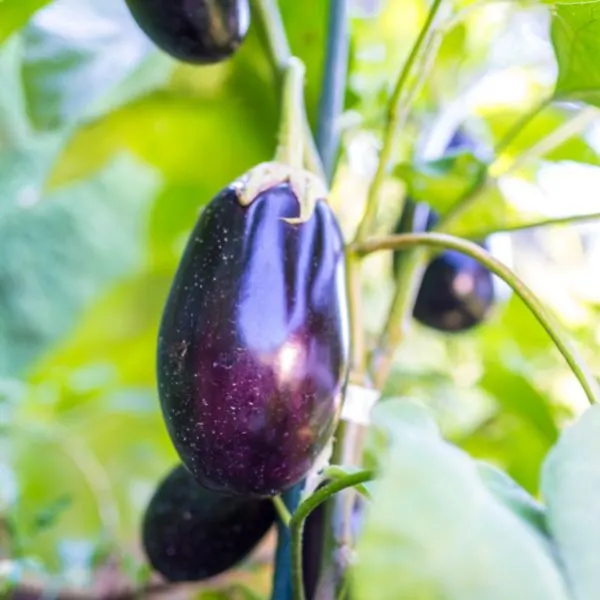
Cilantro and Eggplant may work together to transform your backyard garden. The advantages of combining these two crops include increased soil fertility, natural insect management, and crop health. Cilantro attracts helpful insects like hoverflies and lacewings, which eat pests like aphids, which can destroy Eggplant.
Meanwhile, the dense foliage of Eggplant provides a shaded environment for cilantro, keeping the herb cool and protected from direct sunlight. This combination also supports healthy soil by introducing organic matter into the soil via the breakdown of cilantro roots.
However, avoid overwatering because Eggplant requires well-draining soil. Plant Cilantro in a site that receives partial to full sun, and Eggplant in a location that receives full sun, to ensure a successful crop. Cilantro and eggplant companion planting is a simple and effective technique to increase garden output while enjoying your effort’s fruits (and herbs).
8. Kale
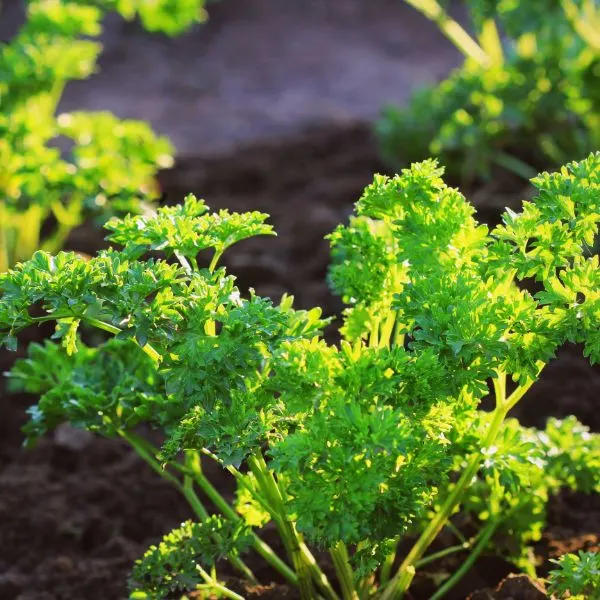
Cilantro and kale companion planting is a powerful combo that may substantially improve the health and productivity of your garden. Planting these two crops together creates a mutually advantageous ecosystem that increases soil nutrients while decreasing insect infestations, resulting in a more robust and productive garden.
Cilantro attracts helpful insects such as hoverflies, which feed on damaging aphids, but kale generates a natural pest repellent. Furthermore, cilantro’s shallow roots help to break up compacted soil, making it more conducive to the deeper roots of kale.
It is advised that you plant these two crops at least 18 inches apart and avoid putting them on soil that has recently been used to grow other members of the cabbage family. Cilantro and kale may provide a rich and healthy yield with appropriate care and attention.
9. Leeks
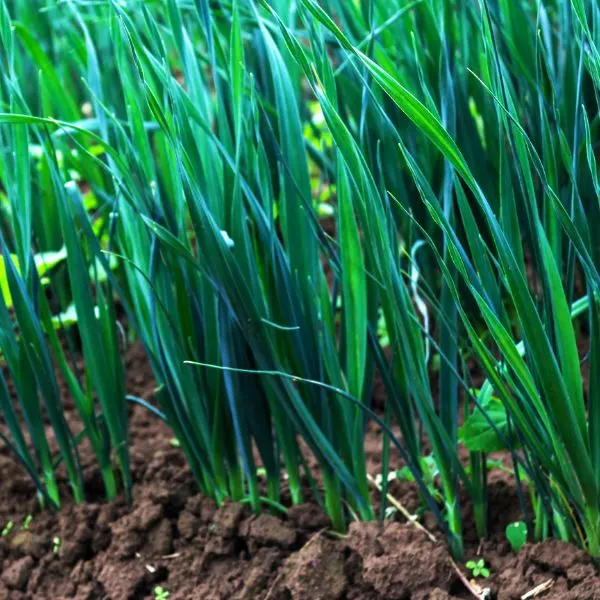
Cilantro and leeks planted together may pack a powerful punch in your backyard garden. This powerful pair may help each other in a variety of ways, including improving nutrient intake and preventing dangerous pests.
Cilantro’s propensity to attract helpful insects like hoverflies and parasitic wasps can aid in eradicating pests such as the leek moth. Meanwhile, leeks contain a natural sulfur compound that repels onion flies and nematodes, which are pests to which cilantro is vulnerable. The two crops can also share nutrients, which improves soil quality and increases production.
However, there are some limitations to growing cilantro and leeks together. Leeks and cilantro grow at different rates, and leeks may easily outcompete cilantro for nutrients and light. To avoid this, plant cilantro early in the season, before leeks begin to establish themselves.
Overall, cilantro and leeks may work together to produce a harmonious, productive garden bed that delivers great flavours and a sustainable environment.
10. Lettuce

Companion planting is the secret weapon for a successful backyard garden, and the pairing of cilantro and lettuce is no exception. When these two plants are grown together, they create a mutually beneficial relationship that results in robust, healthy crops.
Not only do they share similar growing conditions, but cilantro helps to repel pests that often target lettuce, while lettuce provides a living mulch that protects cilantro’s shallow roots from excessive heat and moisture loss.
The benefits of this partnership extend beyond pest control and root protection. Cilantro’s deep taproot breaks up compacted soil and pulls up nutrients that lettuce can then access through its shallow roots, leading to improved soil health and nutrient uptake.
The combination of these two plants can also result in a more diverse and nutrient-dense harvest, perfect for adding to salads or garnishing dishes.
To optimize success, you should sow cilantro and lettuce seeds together and ensure they receive regular watering and adequate sunlight. This dynamic duo will thrive with the right care, resulting in a bountiful garden harvest.
11. Mustard
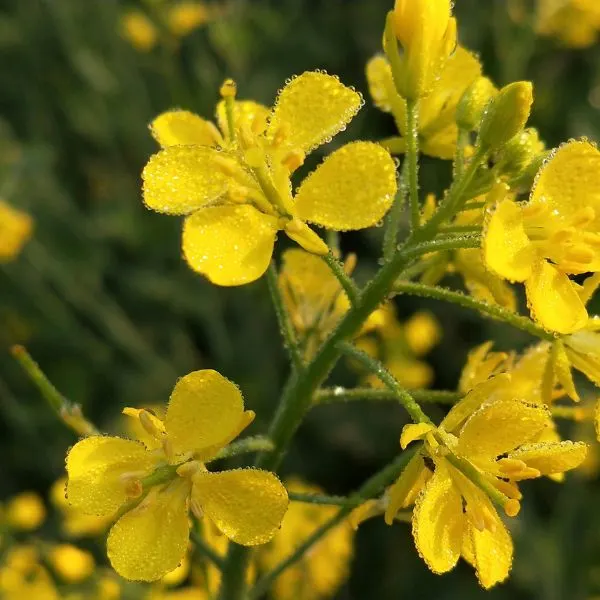
Companion planting is effective for home gardeners who want to improve crop health and productivity. One interesting combination to investigate is cilantro and mustard. The numerous advantages of this combination are astounding.
Growing these two crops together can naturally increase soil nutrients, restrict weed development, and reduce insect infestations. The bio-fumigation capabilities of mustard help keep pests at bay, while the scent and flavour of cilantro can work as a natural insect repellant.
Furthermore, this combination can increase the durability of your garden or farm, making it easier to maintain over time. However, it is crucial to note that mustard may be invasive and overrun other plants if not carefully maintained.
Plant mustard in pots or controlled surroundings to minimize problems and ensure enough room for both plants to grow. Following these best practices can lead to a thriving and productive garden.
12. Onions
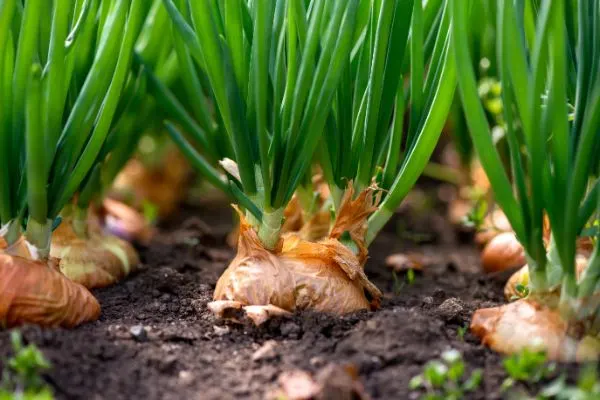
Companion planting may be a game changer for backyard gardeners, and pairing cilantro and onions is a winning combo that can improve plant growth and health. This dynamic combination offers several advantages, including increased soil nutrient levels, insect management, and increased crop output.
Cilantro has inherent pest-repelling characteristics that can keep insects away that might otherwise harm onions, and onions’ strong perfume can deter bugs that would normally attack cilantro. Furthermore, cilantro can boost onion growth by repelling root maggots and increasing soil nutrient levels.
Planting cilantro and onions together needs some planning. Onions, for example, should be planted first, with enough space between rows to allow them enough sunshine and air circulation. Cilantro may then be planted between rows or as a border to deter pests and enhance soil health.
Finally, growing cilantro and onions together is an excellent choice for home gardeners looking to increase yields while boosting plant health and pest management.
13. Peas
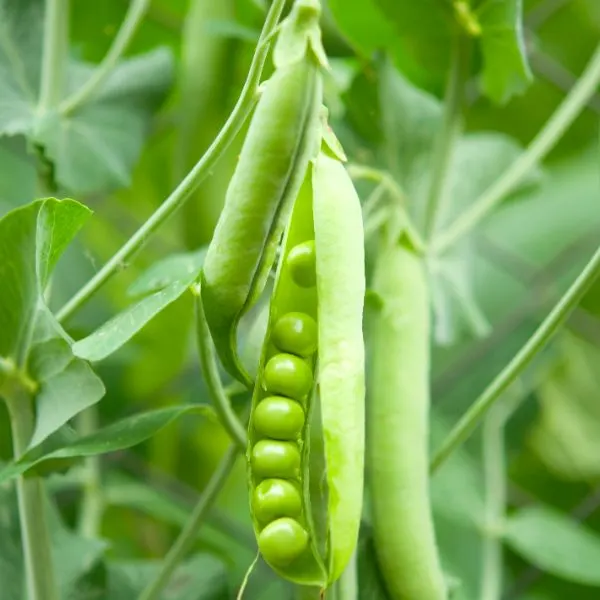
Planting cilantro and peas together is an excellent illustration of this synergy. The dynamic interaction of these two plants can increase soil nutrients, reduce insect infestations, and increase the longevity of backyard gardens.
Cilantro’s fragrant aroma has been shown to repel aphids, spider mites, and other common pests, which can help safeguard fragile pea plants. In turn, the peas add nitrogen to the soil, which the cilantro may use to develop and thrive.
Furthermore, the peas’ and cilantro’s growth patterns complement each other, with the peas acting as a natural trellis for the cilantro to climb. For best results, spread the cilantro seeds alongside the pea seeds in early spring, leaving enough room for both plants to grow and assuring constant watering and fertilizing.
14. Peppers
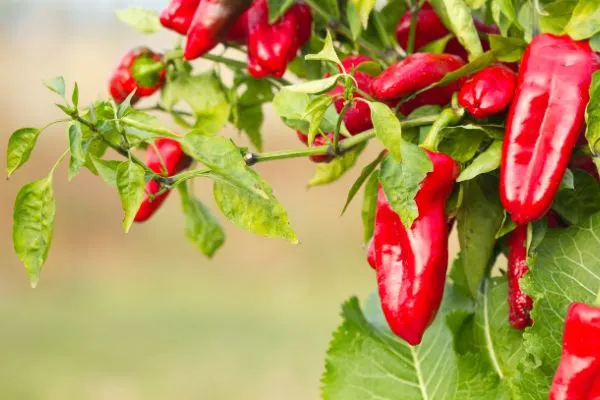
Are you ready to add some spice to your garden? Consider the powerful combo of cilantro and peppers! Through companion planting, these two plants perfectly complement each other, improving crop health and yield while adding a punch of flavour to your garden.
Cilantro is a natural insect repellent, and peppers flourish in its presence, absorbing vital minerals and boosting development. In exchange, the peppers repel aphids and spider mites, which can harm cilantro. They work together to generate a garden synergy that improves the overall health of your plants.
But don’t plant them too close together because the peppers will overpower the cilantro and impede its development. Plant the cilantro in a location where it will receive partial shade during the warmest portion of the day.
It’s also critical to make sure the soil is well-drained and has enough organic matter to support good root growth. Following these best practices will allow you to reap a plentiful harvest of delicious, bright plants in your garden.
15. Potatoes

Are you bored of your backyard garden’s potato plants succumbing to pests and diseases? Consider growing cilantro with them as a companion plant! This powerful combination provides various advantages to your landscape.
Cilantro has natural chemicals that repel potato beetles, a common insect that consumes potato plants. Meanwhile, potatoes provide much-needed shade for the cilantro, preventing it from bolting in the hot sun.
However, the advantages do not end there. Cilantro has also been shown to attract beneficial insects such as ladybugs and lacewings, which can help manage aphids, which typically damage potato plants. Furthermore, the deep taproots of cilantro can break up hard soil, improving soil aeration and nutrient absorption for the potatoes.
Plant your cilantro and potato companion plants in full light and well-drained soil to ensure their success. Keep the cilantro plants trimmed to prevent them from overwhelming the potatoes, and think about mulching the soil around the potatoes to keep moisture in and the roots cool. Your backyard garden will thrive with this powerful alliance.
16. Radish

Companion planting is both an art and a science, and the combination of cilantro and radish is sheer alchemy. Planting these two together has several advantages, ranging from boosting the flavour of the cilantro to increasing the production of the radish crop.
Radishes have shallow roots that can help cilantro grow deeper roots and obtain more nutrients by breaking up the soil. In turn, the cilantro repels bugs that may harm the radish crop. Furthermore, planting radishes next to cilantro can create a microclimate that benefits both plants by providing shade and reducing moisture loss.
It’s vital to remember that cilantro is a cool-weather crop, but radishes flourish in the heat of the sun, so plan your planting appropriately. Sow radish seeds straight into the ground for the greatest results, and put cilantro seeds between the radishes. Backyard gardeners may enjoy a rich and tasty crop with this best planting approach.
17. Spinach
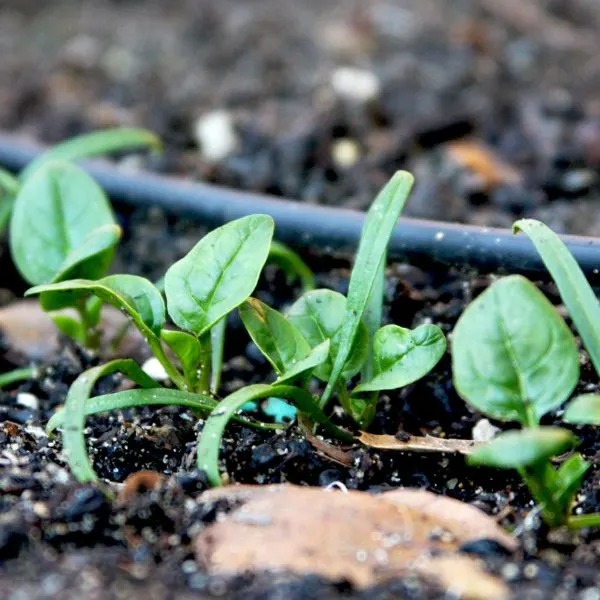
Welcome to the delightful world of companion planting, where Cilantro and Spinach are a heavenly garden match. These two crops work together to promote soil health, increase agricultural yields, and decrease insect infestations.
Cilantro has natural oils that repel hazardous insects, and when combined with Spinach, it functions as a barrier to keep unwelcome guests from afar. Conversely, Spinach produces a shaded canopy that conserves moisture, resulting in an ideal growing habitat for cilantro.
The combination also helps to balance nutritional levels in the soil, with Spinach providing iron and cilantro providing calcium, producing a perfect balance.
The key to success, though, is to make sure that both plants get enough sunlight and water, and growing them on raised beds can help minimize soil-borne illnesses. Combining these two powerhouses gives you a healthy, prolific, and pest-resistant garden that will make your neighbours jealous.
18. Squash
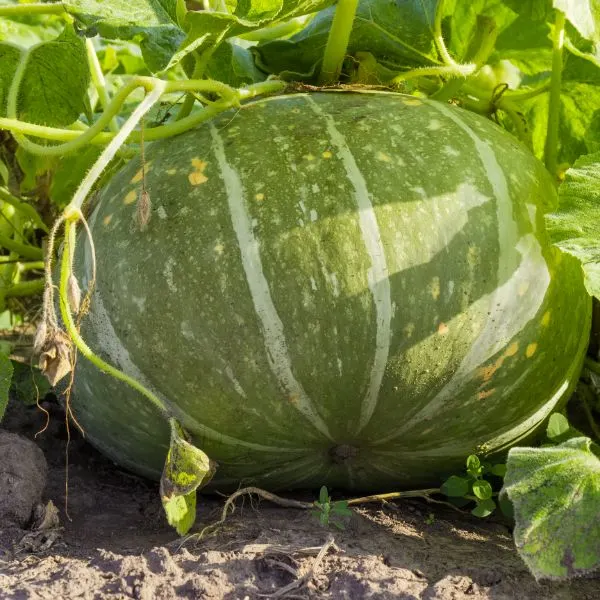
Companion planting is a tried-and-true method for increasing crop production, and cilantro and squash make an ideal home garden combo. Companion planting has numerous advantages, including increased soil nutrients, reduced insect infestations, and increased garden or farm durability.
Cilantro’s inherent pest-repelling abilities can shield squash plants from damaging insects, while the squash’s huge leaves provide shade and moisture retention for cilantro’s shallow roots. Furthermore, squash plants can help reduce weed growth around cilantro, making garden maintenance easier.
However, it is important to note that cilantro and squash both require plenty of space and sunlight to thrive, so proper planning and spacing are required. Backyard gardeners may enjoy a plentiful crop of healthy and tasty cilantro and squash by applying correct planting procedures and adhering to best practices for success.
19. Tomatoes
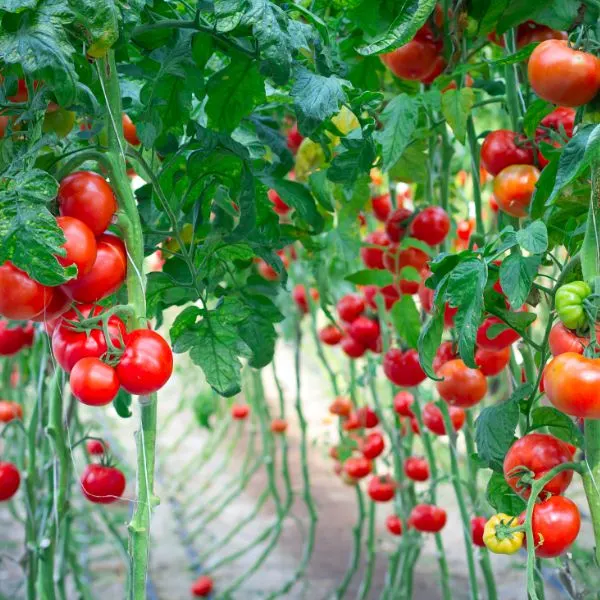
Companion planting is a tried-and-true method for increasing crop production, and cilantro and squash make an ideal home garden combo. Companion planting has numerous advantages, including increased soil nutrients, reduced insect infestations, and increased garden or farm durability.
Cilantro’s inherent pest-repelling abilities can shield squash plants from damaging insects, while the squash’s huge leaves provide shade and moisture retention for cilantro’s shallow roots. Furthermore, squash plants can help reduce weed growth around cilantro, making garden maintenance easier.
However, it is important to note that cilantro and squash both require plenty of space and sunlight to thrive, so proper planning and spacing are required. Backyard gardeners may enjoy a plentiful crop of healthy and tasty cilantro and squash by applying correct planting procedures and adhering to best practices for success.
Fruits
20. Melons and Strawberries
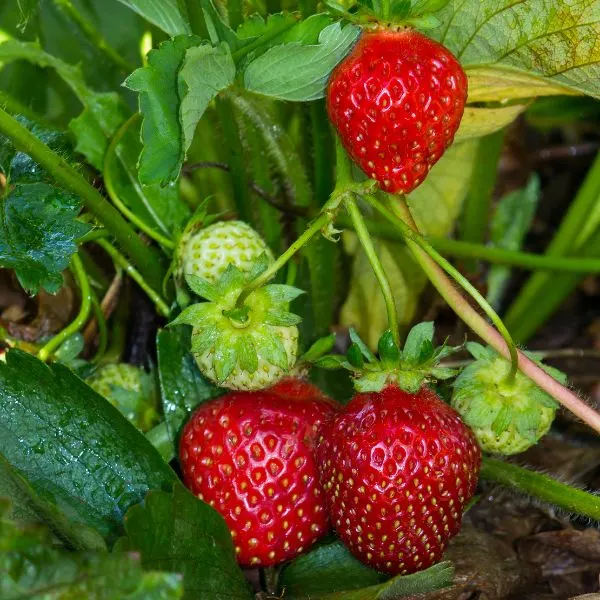
A companion planting system that includes cilantro, melons, and strawberries provides a plethora of benefits for backyard gardeners. In a symbiotic connection, the three may encourage healthy growth, battle pests, and increase production.
Cilantro encourages helpful insects that eat pests like aphids, which can harm melon and strawberry plants. Furthermore, cilantro can help repel spider mites, a common pest problem for both melons and strawberries.
In exchange, melons and strawberries may give shade to cilantro during the hot summer months, preventing it from bolting prematurely. Furthermore, melons’ and strawberries’ deep root systems can help to improve soil health and fertility for cilantro, resulting in a more robust growth environment.
To ensure success, put cilantro near the melon and strawberry plants and make sure they get enough water and nutrients.
Herbs
21. Basil

Looking to spice up your backyard garden and increase your cilantro and basil yields? Take a look at companion planting! Combining these two fragrant herbs may develop a beneficial symbiotic connection for both plants.
Companion planting can boost crop production, taste, and nutritional density while lowering the danger of insect infestations and soil-borne illnesses. Cilantro attracts beneficial insects like ladybugs and lacewings, which may help decrease pest populations that might otherwise wreak havoc on your basil crop.
Meanwhile, the strong scent of basil can mask the odour of cilantro, which can attract harmful pests. Furthermore, cilantro and basil can both enhance the flavour of the other, resulting in a more vibrant and delicious herb garden. To maximize success, grow cilantro and basil in close proximity, with proper spacing and lots of sun and water.
22. Chives
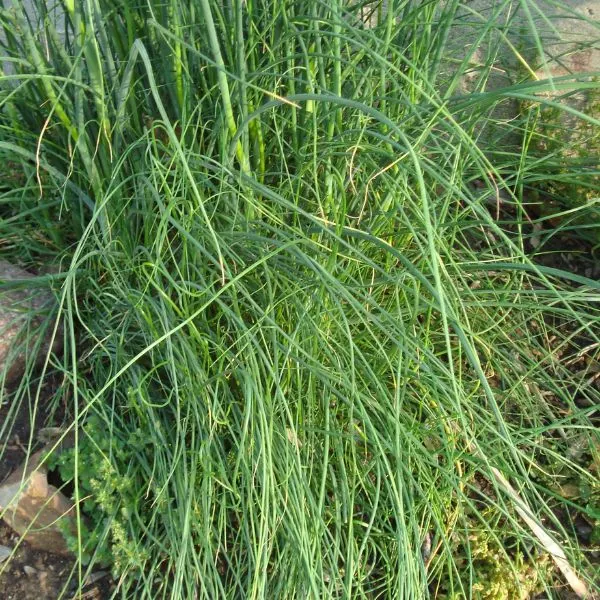
Companion planting is a wonderful method to improve the health and production of your backyard garden, and combining cilantro with chives is a great choice for any budding gardener. The reciprocal advantages of this herbaceous pair are numerous: while cilantro repels dangerous insects and attracts pollinators, chives improve soil health by fixing nitrogen.
Together, these two herbs form a potent duo that will nourish your plants while increasing yield. Furthermore, cilantro’s refreshing, tangy flavour and chives’ mild, onion-like flavour make them an ideal culinary pairing that will elevate any dish.
The only issue you could run into is that chives can be invasive and grow quickly, so keep them clipped and controlled. However, with regular watering and fertilizing, cilantro and chives will thrive in harmony, providing many benefits to your garden and your taste buds.
23. Parsley
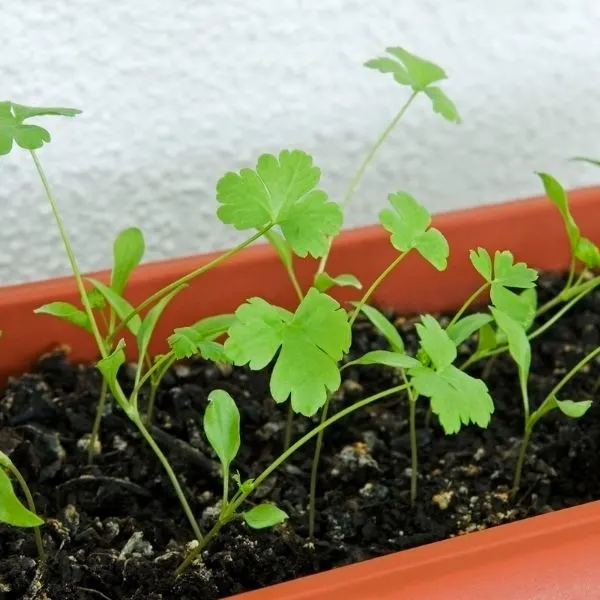
Are you ready to enter the fascinating world of cilantro and parsley companion planting? These two herbs are a gardening match made in heaven! Companion planting with cilantro and parsley can improve soil nutrients, control pests, and increase crop health, resulting in a plentiful yield.
Furthermore, cilantro and parsley collaborate to create a mutually beneficial microclimate in which they control each other’s growth and improve garden productivity. However, there are some drawbacks to planting these two herbs together, such as their similar growth habits and the need for adequate soil nutrients.
Plant cilantro and parsley in different rows to ensure success since this allows for appropriate spacing and eliminates overcrowding. With the proper care and attention, cilantro and parsley companion planting may convert your backyard garden into a lively and healthy haven.
24. Thyme
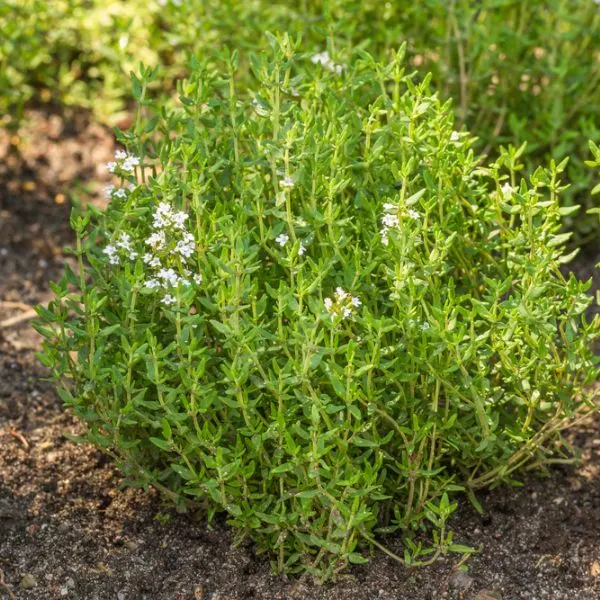
Cilantro and Thyme are a match made in garden heaven regarding companion planting! This dynamic combination has the potential to produce a harmonious balance that benefits both crops, resulting in increased yields and healthier plants.
Thyme’s natural oils and perfume help prevent dangerous insects that might attack Cilantro plants. Its deep roots can aid in breaking up compacted soil, allowing for improved water and nutrient absorption by the cilantro.
Cilantro, in turn, can attract helpful pollinators like bees and butterflies, which contribute to the pollination of Thyme flowers. However, it is crucial to remember that cilantro loves cooler temperatures, whilst Thyme thrives in higher temps, so plant them at separate periods or in different locations of your garden. Using this companion planting strategy, you may create a healthy and symbiotic environment for your herbs to thrive.
25. Dill
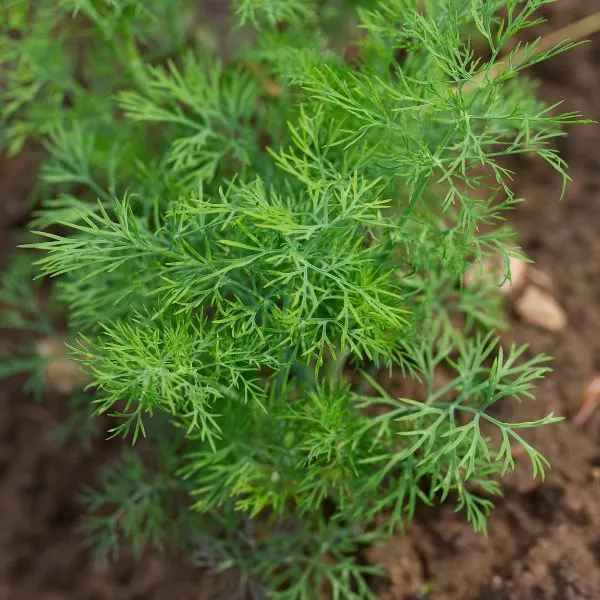
Cilantro and Dill are a gardening combo made in heaven! When planted together, these two fragrant herbs may improve the health and production of your backyard garden in various ways. You may benefit from the reciprocal advantages of these herbs by practising companion planting.
Cilantro repels pests such as aphids and spider mites, whilst Dill attracts beneficial insects such as ladybugs and lacewings, which help keep your garden pest-free. Furthermore, cilantro and Dill grow in the same conditions, making maintaining their health and productivity easier.
This dynamic pair can also boost soil nutrients by improving nitrogen availability in the soil. Their deep taproots break up compacted soil and draw nutrients to the surface, where other plants in the garden can easily absorb them.
Plant cilantro and dill together in a sunny spot with well-drained soil for the greatest results. With their complementary tastes and advantages, cilantro and Dill are necessary for any backyard gardener wanting to grow a healthy crop.
26. Oregano
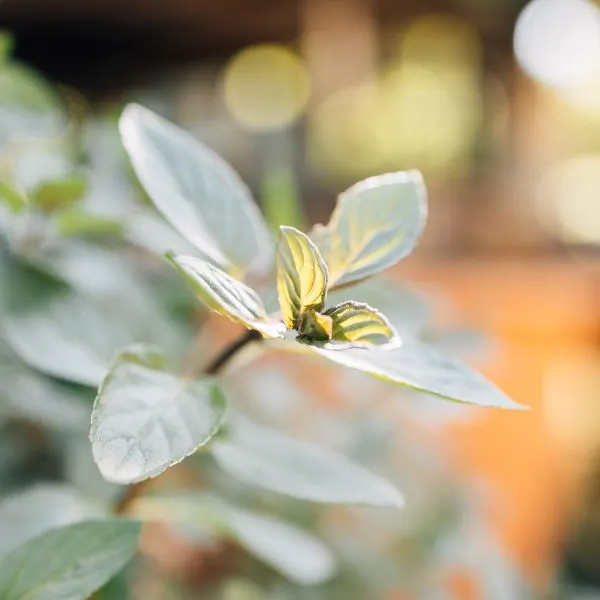
Companion planting is a great gardening method, and pairing Cilantro and Oregano is a match made in a garden paradise! These two herbs have complementary characteristics that help to develop a successful garden.
They not only complement each other’s flavours, but they also increase soil nutrients and attract beneficial insects while repelling pests. Cilantro and Oregano’s symbiotic interaction can result in bigger harvests, higher quality products, and enhanced garden endurance.
One possible issue with this combination is that the two herbs have distinct growth rates and watering requirements, so it’s critical to carefully monitor the soil’s moisture level.
A well-draining soil combined with compost or old manure is ideal for growing these plants. Furthermore, adequate spacing is required to ensure adequate light and air circulation and avoid overcrowding.
Finally, companion planting with Cilantro and Oregano may be a dynamic combo for any backyard gardener looking to increase their garden’s health, beauty, and production.
27. Sage

Cilantro and Sage companion planting is a match made in garden heaven for home gardeners. They not only have a lovely perfume when grown together, but they also provide a number of advantages that improve crop health and productivity.
The pair boosts soil nutrients, minimizing competition from other plants in the area. Furthermore, Sage acts as a natural pest repellent, reducing infestations and increasing the longevity of gardens or farms. In contrast, cilantro attracts beneficial insects that assist in pollination and pest control.
The duo demands plenty of sunshine, well-draining soil, and frequent watering, but the advantages outweigh the effort. They grow nicely together and can be interplanted, but leave adequate space between them to avoid crowding. Cilantro and Sage are excellent companion plants for any home gardener looking to improve crop health and productivity.
Flowers
28. Marigold, Nasturtium and Borage
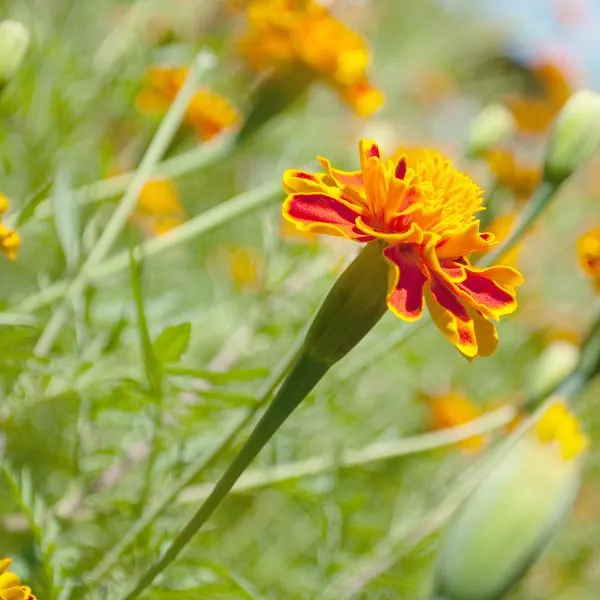
Are you ready to improve the health and output of your crops like never before? Consider growing Cilantro, Marigolds, Nasturtium, and Borage together! When these four amazing plants are planted together, they may create a vibrant and lively garden environment.
Cilantro improves soil health by releasing natural oils that repel pests while attracting beneficial insects like hoverflies and parasitic wasps. Marigolds provide colour to your garden while repelling nematodes and other soil-borne pests.
The peppery leaves and flowers of nasturtium are delicious and act as a trap crop for aphids and other garden pests. Borage is a nutrient-dense plant with deep roots that soak up minerals and blooms that attract bees for pollination.
However, be aware that companion planting is not always simple. Some plants may not flourish together, or the presence of another may hamper their growth. Plant on elevated beds or separate pots for maximum performance, and investigate each plant’s individual needs. You may grow a thriving garden that will be the community’s pride with appropriate care!
Bad Companion plants for Cilantro
1. Anise
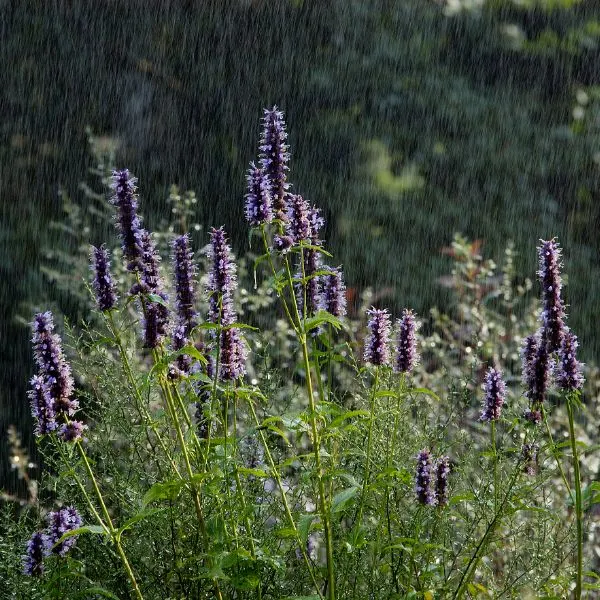
Anise and cilantro can be planted together to help manage soil moisture and attract helpful insects for natural pest control. Conversely, cilantro may grow swiftly and overtake the slower-growing Anise, and the two plants require different amounts of water. So to avoid over- or under-watering, it is critical to check soil moisture levels and offer enough room for each plant to flourish.
2. Fennel
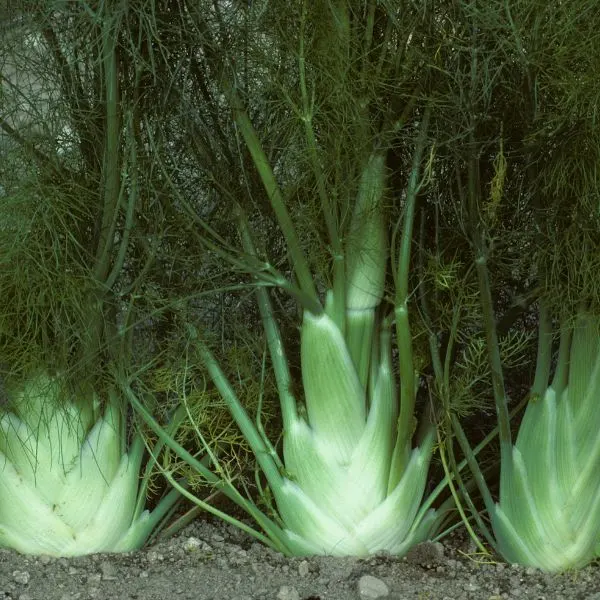
Planting Fennel alongside Cilantro may result in resource competition, leading to stunted growth or low crop output. Fennel is also known to produce compounds that impede the development of nearby plants, such as cilantro. To avoid these detrimental effects, plant Fennel and Cilantro in different containers or areas of the garden.
3. Dill

Planting Dill with Cilantro may result in resource rivalry since the two plants have comparable demands and development patterns. Furthermore, Dill attracts pests like aphids and spider mites, which can harm cilantro. Plant Dill and Cilantro in separate containers or parts of the garden to avoid these detrimental effects.
4. Caraway
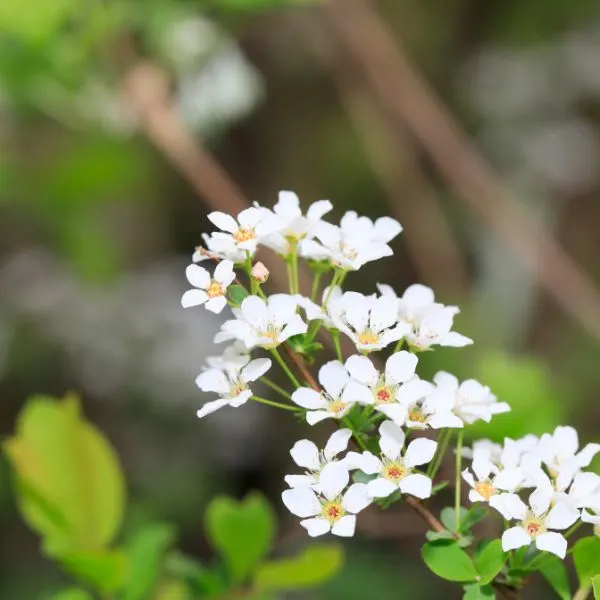
Because of competition for resources such as water and nutrients, planting Caraway alongside Cilantro might reduce both plants’ development. Caraway has a taproot that can overwhelm the shallow root system of cilantro, causing it to suffer. Furthermore, Caraway can emit compounds that impede the development of nearby plants, including cilantro. To avoid these detrimental effects, grow Caraway and Cilantro in different containers or areas of the garden.
5. Celery
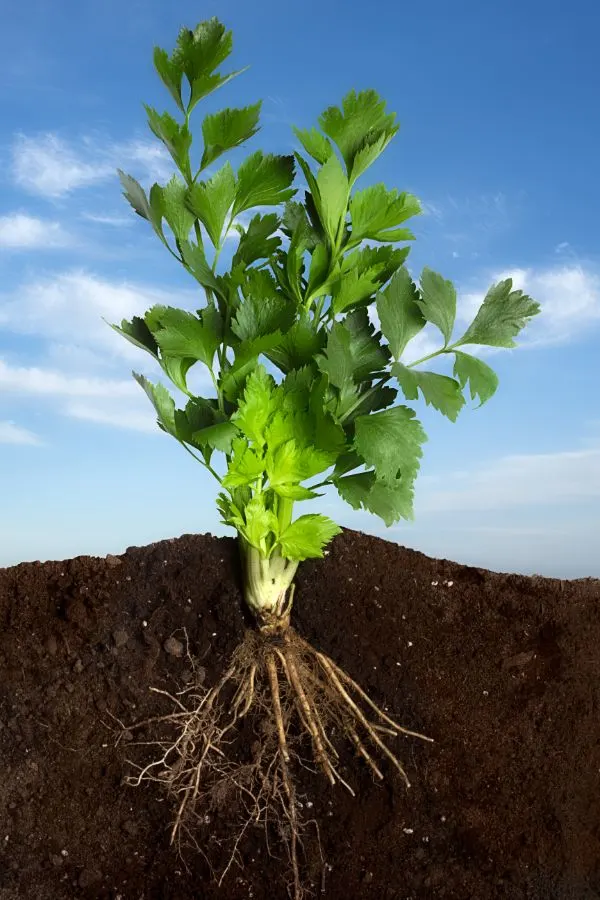
Planting Celery and Cilantro together can lead to competition for resources like water, nutrients, and space. Celery has a robust root system that can choke the shallow roots of cilantro, resulting in restricted growth. Furthermore, because both plants have identical water and food requirements, it is difficult to maintain optimum growth conditions for both. To avoid these detrimental consequences, plant Celery and Cilantro in different containers or regions of the garden.
6. Parsley
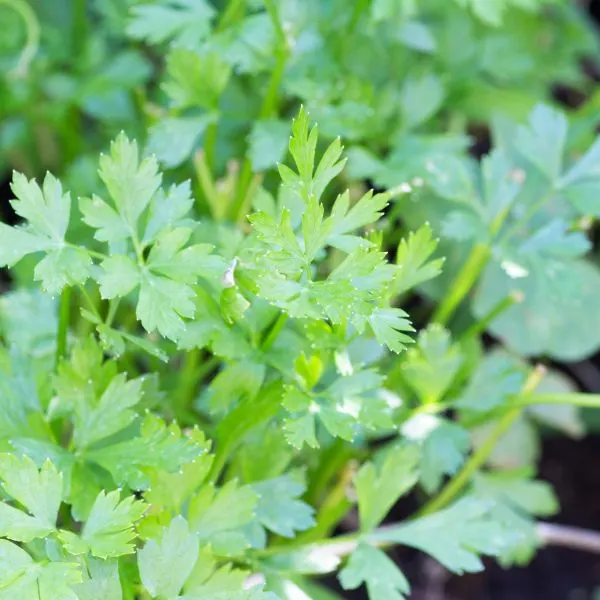
Planting Parsley and Cilantro together may result in resource competition, resulting in stunted growth or low crop output for both plants. Parsley’s deep root system can compete with cilantro’s weak roots for water and nutrients. Furthermore, because both plants have identical growth requirements, it is difficult to maintain ideal circumstances for both. To avoid these detrimental consequences, plant Parsley and Cilantro in separate containers or locations in the garden.
7. Radish

Planting Radish and Cilantro together may result in resource rivalry, particularly for space, as both plants have comparable growth requirements. Radishes are noted for their rapid growth, which might overshadow the slower-growing cilantro, resulting in stunted growth or reduced crop output. Furthermore, Radishes can attract pests like flea beetles, which can harm cilantro. To avoid these harmful consequences, put the radish and cilantro in separate containers or areas of the garden.
8. Sunflower

Planting Sunflower and Cilantro together may result in competition for resources such as water and nutrients. Sunflowers have deep root systems that can outcompete cilantro’s thin roots, resulting in stunted growth or reduced crop output. Furthermore, Sunflowers can provide shadow, which inhibits cilantro development, requiring full light exposure. To avoid these detrimental effects, segregate Sunflowers and Cilantro in different containers or regions of the garden.
9. Strawberry
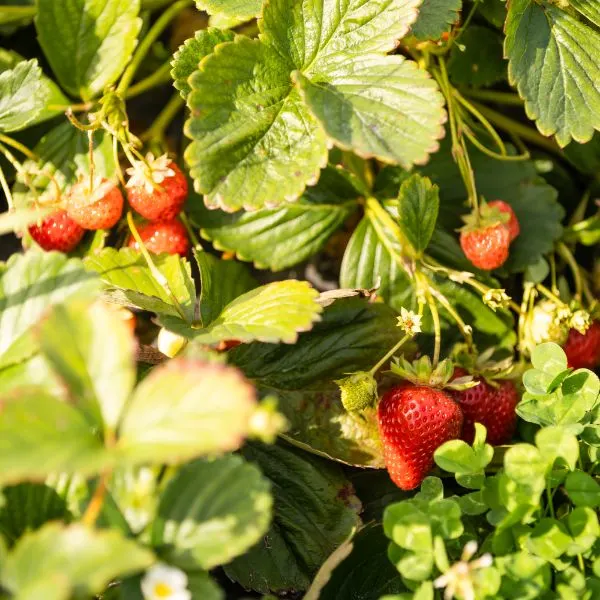
Planting Strawberries and Cilantro together may result in resource rivalry, particularly for space, as both plants have comparable growth requirements. Strawberries may also form a thick ground cover that overshadows cilantro, resulting in stunted growth or low crop output. Furthermore, the high moisture levels necessary for Strawberries might result in fungal illnesses that damage cilantro. To avoid these detrimental consequences, grow Strawberries and Cilantro in separate containers or areas of the garden.
FAQs
What fertilizer should I use for cilantro?
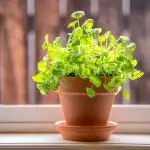
Fertilization. Fertilize 1-2 times during the growing season by applying ¼ cup of nitrogen-based fertilizer (21-0-0) per 25 square feet of growing area. Be careful of over-fertilization; too much nitrogen can make the plant less flavorful.
Does cilantro like dry or wet soil?

Cilantro needs full sun or light shade in southern zones since it bolts quickly in hot weather. It grows best in well-drained, moist soil. Cilantro plants should be spaced about 6 to 8 inches apart.
Why does cilantro keep dying?
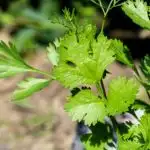
When the whole plant wilts, it’s usually caused by under-watering, but it can be from overwatering too. Wilting could also happen when it’s too hot for them.
Will cilantro regrow after cutting?
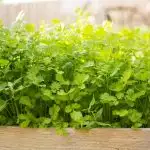
If pruned properly, cilantro leaves will continue to grow back for many more harvests!
How fast does cilantro reach maturity?

You can start to harvest cilantro leaves when the stems are about six to eight inches (15 to 20 cm) long. And you can eat those stems, too! Cilantro plants are ready to harvest anywhere from 55 to 75 days after planting.
What is the best soil for cilantro?

Cilantro grows best in nutrient-rich, well-draining soil but can tolerate lesser-quality soils. Amend your garden soil with rich organic matter and well-decomposed compost, and provide one to inches of mulch around plants for optimal results.
Wrapping up
We have gone through the companion plants for cilantro, and we know it is a herb known for its pungent aroma and distinctive taste. It thrives in chilly, damp conditions with well-draining soil.
Cilantro has to be watered on a regular basis to avoid drying out, but overwatering should be avoided to avoid root rot. Fertilizers can also be added to the soil to increase growth and output.
Cilantro requires macronutrients such as nitrogen, phosphate, and potassium, and a soil test before planting may assist in identifying the exact proportions. With the proper growing conditions and care, cilantro may provide a plentiful yield for use in a variety of gourmet recipes.
More companion plants
